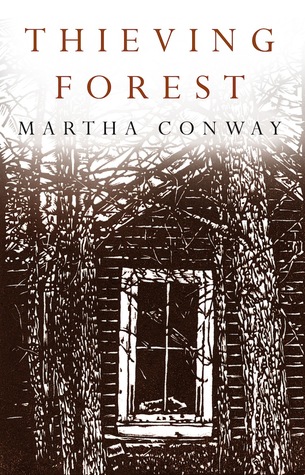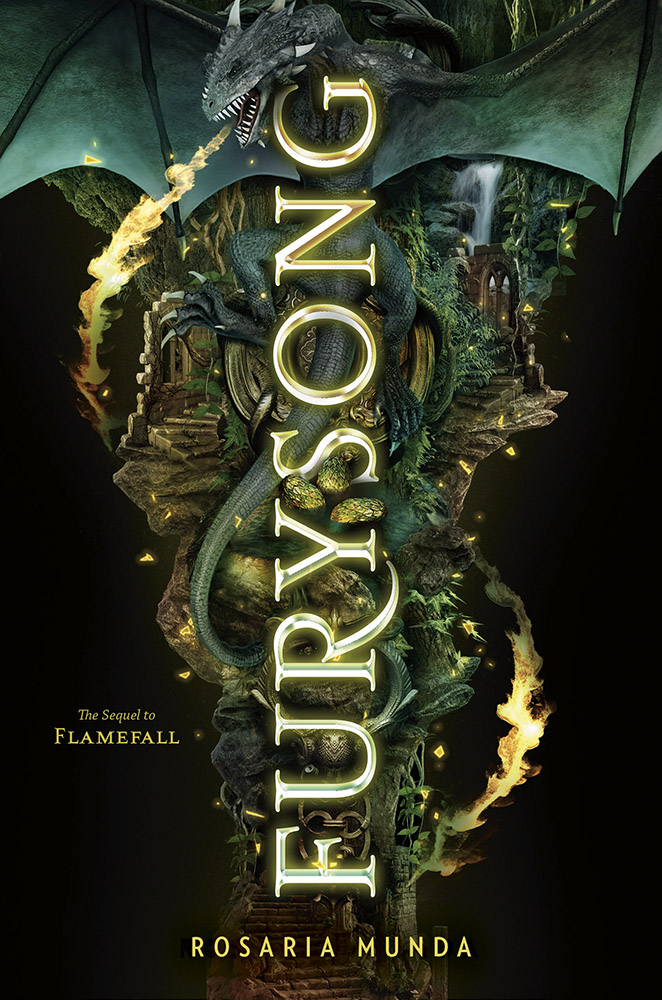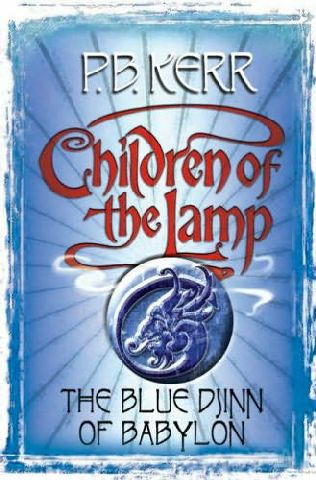I love historical fiction. Pretty much anything from the Wars of Roses to the Italian Renaissance gets me embarrassingly excited. However, Thieving Forest is not about Europe’s colorful history. It’s a tale of adversity and survival against the backdrop of frontier America.
I was apprehensive going into the book for this very reason. I’m not as familiar with American history as I am with European history. But once I plunged into the detail-oriented world Martha Conway creates, it was easy to forget my initial qualms.
The late Sirus and Ellen Quiner die of swamp fever in 1806, leaving behind five daughters – famous for their red hair and rudeness – to run their shop in Severne, Ohio. Susanna is the youngest of the Quiner sisters, and the only one who isn’t taken, violently by a group of Potawatomi one fateful afternoon, into the Thieving Forest.
Conway’s Thieving Forest is a terrific and hauntingly primitive environment that adds a bit of mystique to the plot. A lot of the enigma surrounding the Thieving Forest plays on the fear of the unknown, which is a potent theme in the novel. One of the most cohesive things about this book is the imagery. Conway creates a meticulous visual map for you – leaving just enough room for imagination.
Thieving Forest is an ancient forest crowded with decrepit elms and maples and oak, too many of them fallen for a comfortable crossing, a place settlers generally go around rather than through. It got its name after a band of Sauk Indians tried to hide some stolen horses there. Severne sits on its southern edge like a fly on the rim of a saucer. On the other side of the forest lies the Great Black Swamp—a dark wooded bog nearly the size of Connecticut—and beyond that is Lake Erie. Rumors circulate about the unholy creatures that make their home in the Black Swamp: swine wolves, frogs with fins and teeth. Naomi has even heard that there are bands of backward men living among its stunted trees, and that there is no end to it, and no sunlight within, and no food.
At first, it was difficult to settle into Conway’s land of native tribes and strange tongues. But several chapters in, once I had familiarized myself with the characters and the premise, it was wonderful to explore Conway’s world to the minute filigree.
After Susanna’s sisters are kidnapped, what follows is a challenging, profound, and somewhat gruesome journey that takes her into the dreaded Black Swamp. There she encounters friendship, betrayal, strength, and growth – in a way she couldn’t have possibly foreseen.
One of the things that was simultaneously wonderful and frustrating while listening to this book, was the character development. Susanna was vain, but that was part of her character, and I felt validated by the end, with her growth as a person. The same cannot be said about some of the other characters, such as Beatrice Quiner or Seth Spendlove, both of whom felt relatively two-dimensional. Both of these characters, especially Seth, played a pivotal role in the plot of the book, but it simply felt like other characters such as Naomi or Meera were better fleshed out, even though they were just as, or even less important.
Apart from this, I thoroughly enjoyed this book. Martha Conway is talented in her unabashed way. The depiction of life in 1806 Ohio is not romanticized at all, and neither is the complexity of the Indian/white equation at the time. Thieving Forest comes with all the crude native beliefs, misogynistic prejudices (despite the presence of some very strong female characters), and day-to-day hardships that prevail as the characters try to survive in a great bloody swamp, of the time.
The writing is rich with detail and imagery, the plot is realistic and flows well, and the backdrop of the frontier America is researched thoroughly. This was an immensely gratifying read.
A copy of this book was provided by Audible for review.




